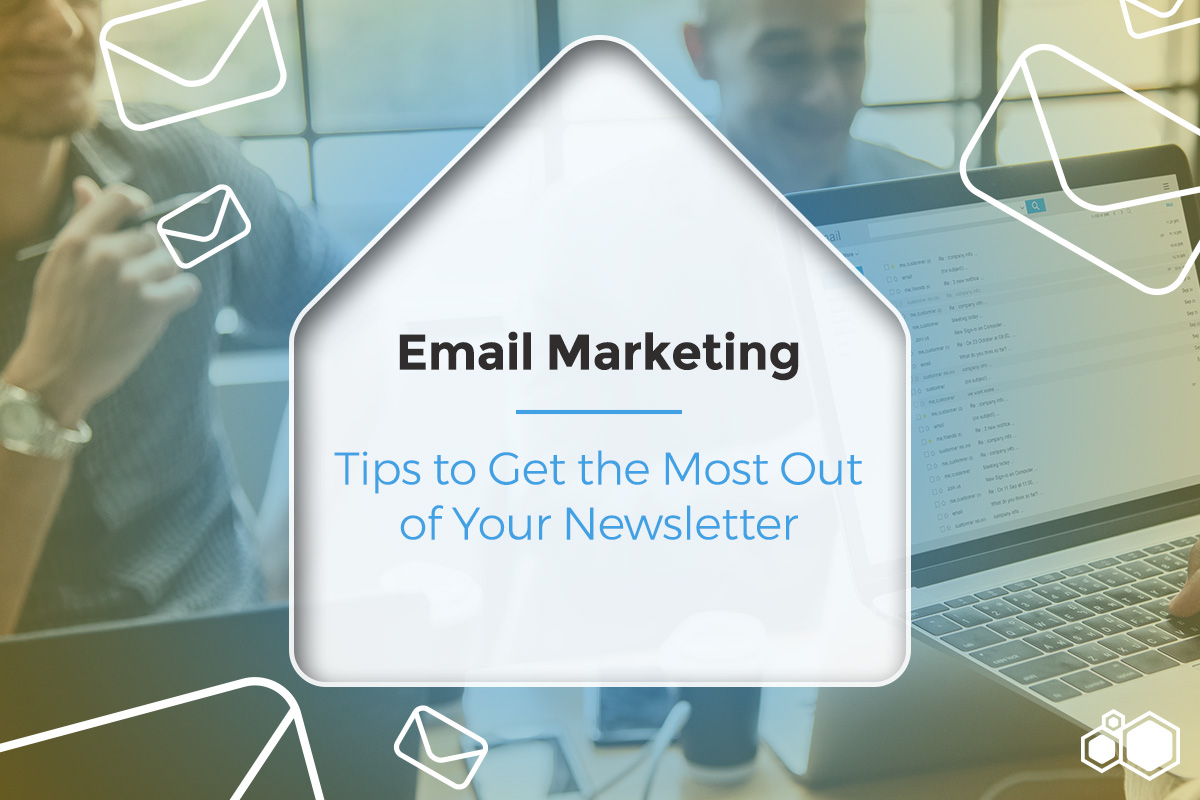“Make it simple. Make it memorable. Make it inviting to look at. Make it fun to read.” – Leo Burnett
At any time throughout the day, our email inboxes are flooded with a slew of automated email newsletters that just annoy the hell out of us because they are pointless. We either have to mark them as read, delete them, or unsubscribe. It adds tasks to our already busy lives and makes us realize once we’re done scrolling through the slew, that we won’t be getting that time back.
But, for every string of terrible newsletters we scroll through, there’s one every once in a while, that tickles our fancy. We read through it, click its links, share it with our amigos, and recommend they should sign up for it too. They’re the kind of emails you get lost in and willingly go down the rabbit hole and not come out even more confused than before and questioning life choices.
Effective Newsletters
Effective email newsletters are incredibly powerful. A third of customers have visited a website or purchased something simply from seeing it in their email box first. This kind of power is something every company should be tapping into no questions asked. So, let’s take a look at some best practices to follow to make those effective newsletters and some types you can use.
Audience
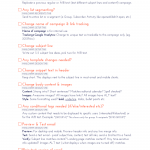
Knowing who your audience consists of is one of the most important pieces of data that you can leverage. Understanding the ins and outs of their behaviors – what engages them, what type of content do they favor, the style of content – will help you personalize a message that speaks to them.
Make your own List
A list? That’s simple right? Like email campaigns of the past, it’s all a numbers game. The more people on that list the more likely it’ll get opened right? It’s all bullshit. Today’s users are savvier and know what they want. Blasting a message out to a billion people is a quick way to get knocked for one – it’ll come across spammy and your domain will get blacklisted – but also a quick way to fall on deaf ears. Taking time to build your list by promoting sign-ups on your website, blogs, thank you pages, and live events will ensure email engagement remains high.
Call to Actions
Your goal is generally to get readers to click on content and one way to do that is to create a call to action. Delivering an actionable, clear direction is generally the best way to create results. CTA’s act like a guiding hand to your readers and inspires them to click on your content.
Frequency and Fatigue
Pay attention to your engagement metrics. By doing this, you’ll be able to see how often your readers like to receive mail. The best way to see this is to let them tell you. Create a preference center and just ask. Creating a clear communication channel gives your readers a feeling of authority and that their opinion matters.
Prevent Simple Mistakes
Don’t fail yourself by including simple mistakes like spelling errors, grammar mistakes, wrong content, incorrect information, things of that nature. Create a check-list when building your newsletter. Run through said checklist. Test-send it to yourself first.
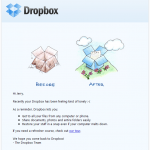 Re-Engagement Newsletters
Re-Engagement Newsletters
Creating a campaign for re-engagement will help maintain a strong email list of active users. Often times emails will go unchecked or someone will create a new email and forget to opt out of the newsletter. A standard way to prevent inactive users is to send a winback email asking if they’re still interested in your content. Give them the option to opt-in. If they don’t, cut ‘em.
Types of Emails to Send
New Content – This is where you announce the next sales, eBooks, webinars, coupons, free trails…you get the idea. This is a single offer with a call-to-action that links to a targeted landing page. Remember, when doing this type of email, design it with the specific offer in mind. The copy needs to be brief, but descriptive enough to convey the offer’s purpose.
Product Update – These are difficult. Mainly because most people don’t care to open them or read them. Product changes happen all the time and really, it’s bad taste to send out a newsletter every time there’s a change in the product. Because of this, it’s best to do it once a month or just have a round-up.
Event Invitation – Emails are a great mode to promote an upcoming event. You can use the contacts list you already have on file and motivate them to register for the event. One way to do this is through visuals. A lot of events cost money to attend and cost a decent chunk of change to host. So if you want to pull in attendees, it’s best to cut down on the copy and show why the event is worth attending.
Dedicated Send – Once in a while, you may want to send out a dedicated email to a certain group within your database. If you’re hosting a conference, it is best to send updates about said conference to those attending and not your entire email list.
Co-Marketing Email – This is when two or more companies partner together to mutually promote an event or some other task that’s beneficial to each party. The main purpose is to leverage the audience of both companies to increase your reach. These can be strategic announcements, joint webinars, co-sponsored events, things of that nature. When creating a co-marketing email, it needs to be clear that the offer or event is because of the partnership.
Social Media Send – If you’re making good use of LinkedIn Groups or Google+ Events, then you already know how vital this is. As a LinkedIn Group administrator, you have the ability to reach followers of the group directly to the users’ inbox. Same with Google+. The difference with this type of send is that it’s fully reliant on the copy. LinkedIn and Google both don’t allow you to have full customization of your layout so you’re stuck with using the best of your writing abilities.
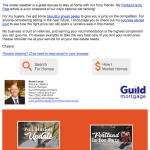 Internal Updates – Don’t neglect your employees. Larger companies send internal updates or newsletters to their employees to keep their peeps in the know about what’s going on with the company. With these emails, it’s less about beauty – though that’s not to say you shouldn’t put the same amount of effort into it – and more about the message. These messages need to highlight critical company information.
Internal Updates – Don’t neglect your employees. Larger companies send internal updates or newsletters to their employees to keep their peeps in the know about what’s going on with the company. With these emails, it’s less about beauty – though that’s not to say you shouldn’t put the same amount of effort into it – and more about the message. These messages need to highlight critical company information.
Confirmation Email – You ever order something or book a spot and not get a confirmation? These days it’s incredibly rare but it still happens. Don’t suck and not confirm with your customers that they bought something. Make sure they get a confirmation email that is simple and to the point.
Submission Form Kickback – Generally set up as a thank you, these are useful for when a customer fills out a submission form. These types of emails are generally just a quick thank you and affirmation that they filled out the form. These should have a CTA large and proud so if customers happen to lose the link they need, they can go to your submission form kickback and snag the link again no problem.
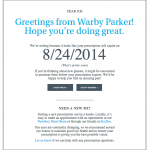 Welcome Email – Another variation of the transactional email, the welcome email is perfect for thanking your customers for providing information when signing up for a newsletter, product trial, or whatever offer you have going. This usually includes a thank you for choosing us type deal and highlights the benefits of what they signed up for.
Welcome Email – Another variation of the transactional email, the welcome email is perfect for thanking your customers for providing information when signing up for a newsletter, product trial, or whatever offer you have going. This usually includes a thank you for choosing us type deal and highlights the benefits of what they signed up for.
Still got questions about how best to get the most out your newsletter? Hit us up. We have the knowledge and power to guide you and grow your campaign to sights you never thought possible.


